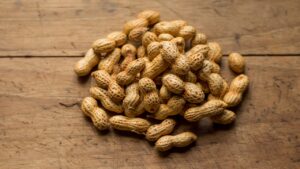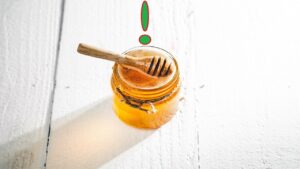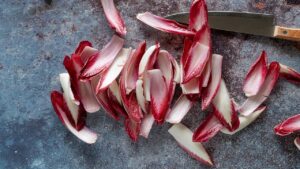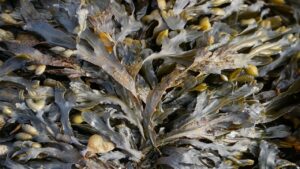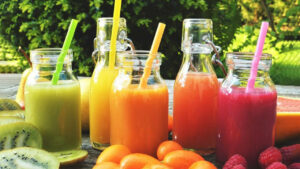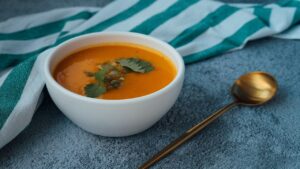The Best 7 Foods Against Poor Circulation
Poor circulation, a condition linked to several factors, poses health risks and, in severe cases, may lead to life-threatening consequences. Contributing factors include a sedentary lifestyle, smoking, and underlying conditions like diabetes and hypertension or the presence of blood clots.
In any case, poor circulation indicates a serious health problem. This is why we will provide you with some tips below to improve it quickly and naturally.
Food to deal with poor circulation in the legs
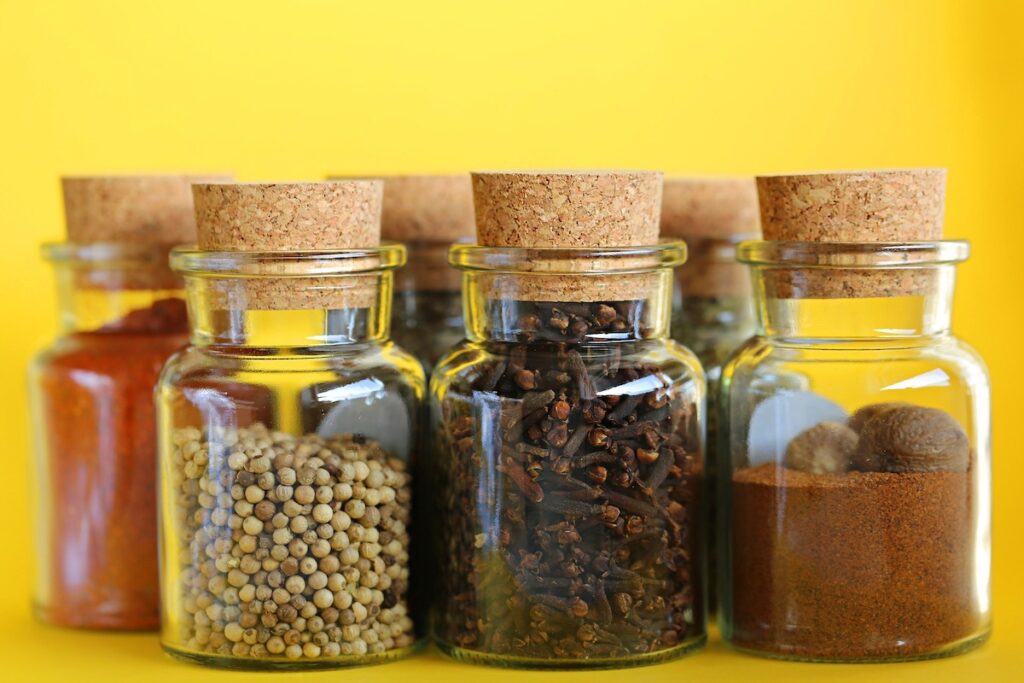
Signs that indicate poor circulation tend to take time to appear. So, if you have already been diagnosed, it is best to implement the following tips to alleviate any pain.
The key is to drink plenty of water – doctors universally recommend at least 8 glasses daily to see any positive effects. If you exercise, you’ll need more. Remember this. Why is water good for you? Because it will hydrate your organs and tissues, delivering ample oxygen for overall health.
Certain foods, like cayenne pepper, aid in combating poor circulation thanks to their high capsaicin content, which strengthens the heart and arteries. It proves beneficial, particularly for those with blocked blood vessels.
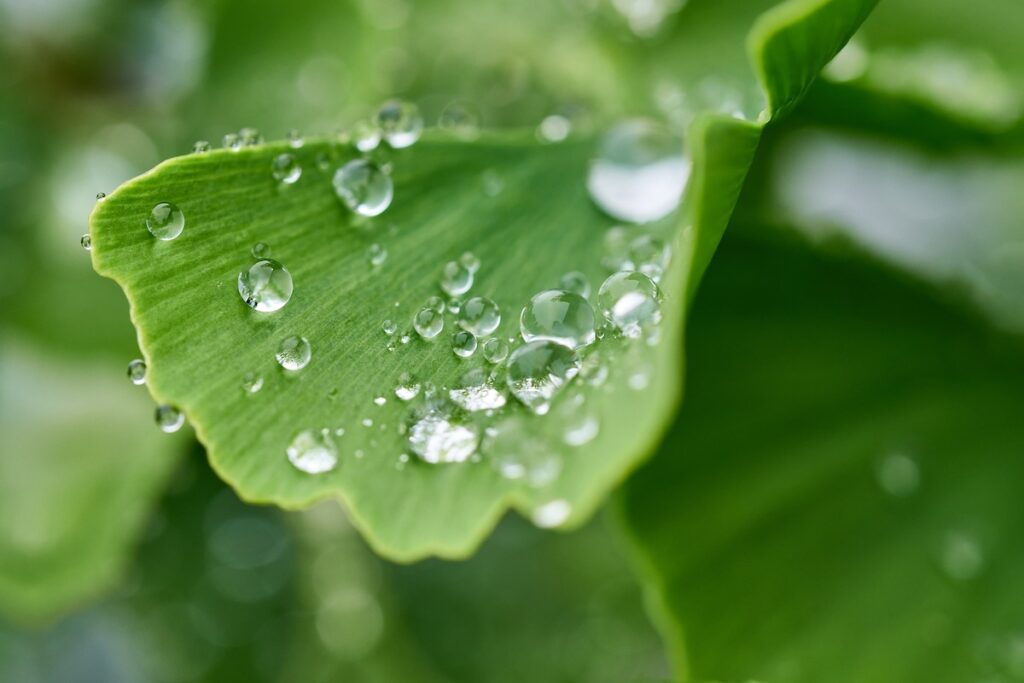
Ginkgo biloba helps memory by enhancing proper circulation in the brain. In capsule form, it’s also beneficial for managing varicose veins.
Horse chestnut, rich in aescin, will make the walls of the capillaries stronger. It reduces inflammation in varicose veins and enhances overall circulation. Garlic lowers blood pressure, minimizes plaque in blood vessels, and prevents atherosclerosis.
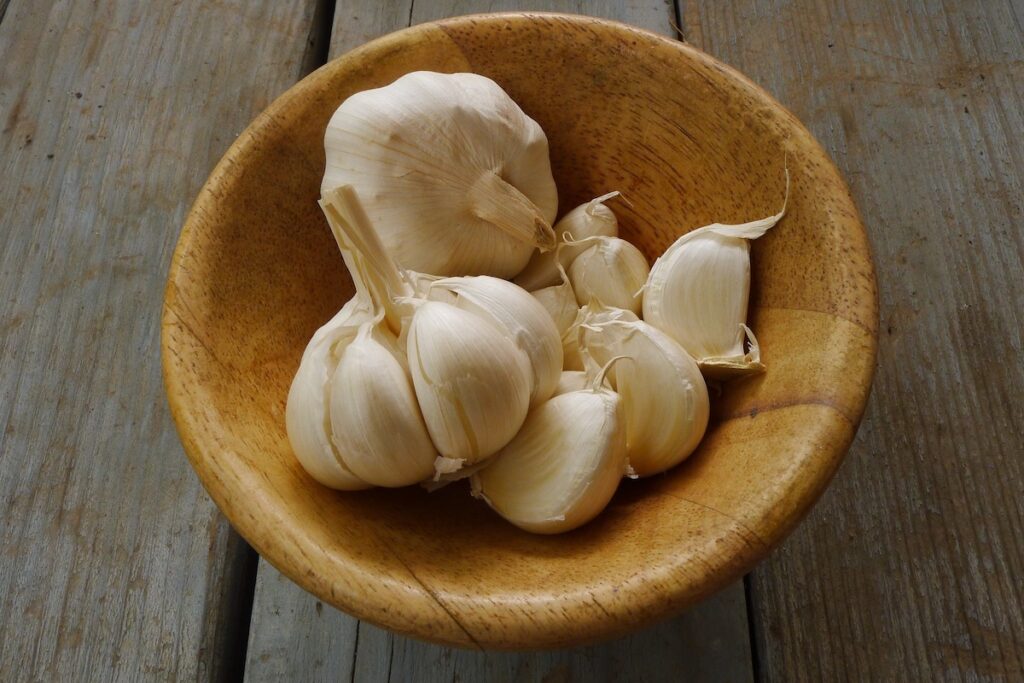
We recommend fish oil to you, as it effectively reduces artery fats and LDL cholesterol due to omega-3. Essential oils enhance blood flow through thermogenic properties and muscle relaxation. Finally, ginger, containing gingerol and zingerone, is an excellent ally against clot formation and cardiovascular diseases.
